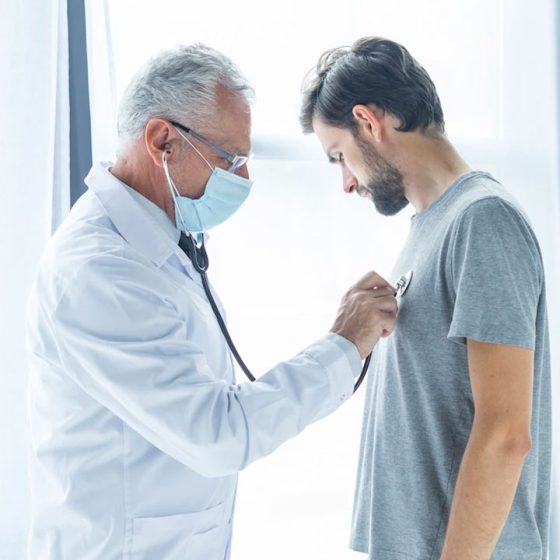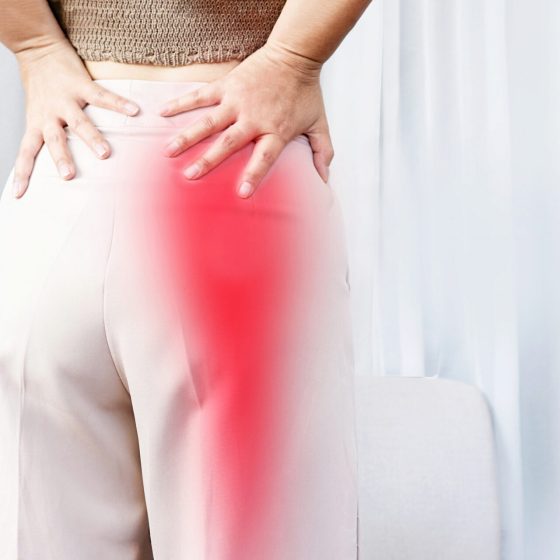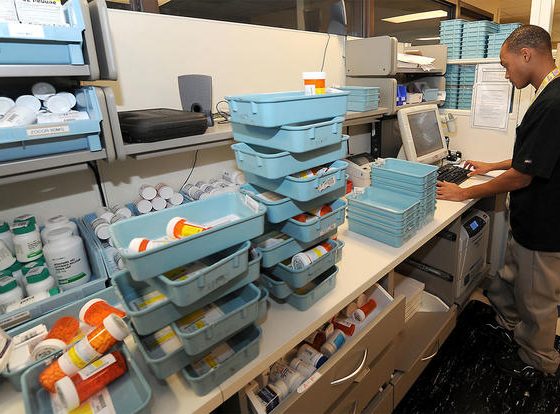Sea sick
Motion sickness What is motion sickness? Motion sickness is feeling unwell when moving on any type of transport. It is also known as ‘travel sickness’, ‘car sickness’ or ‘sea sickness’. It is a normal response to certain types of movement. There are a few ways to prevent and manage motion sickness. What are the symptoms of motion sickness? Nausea is the main symptom of motion sickness. But you might also experience other symptoms, including: vomiting or retching dizziness drowsiness cold sweating headache lack of appetite dry mouth or excess saliva increased sensitivity to smell If you are prone to motion sickness, you



